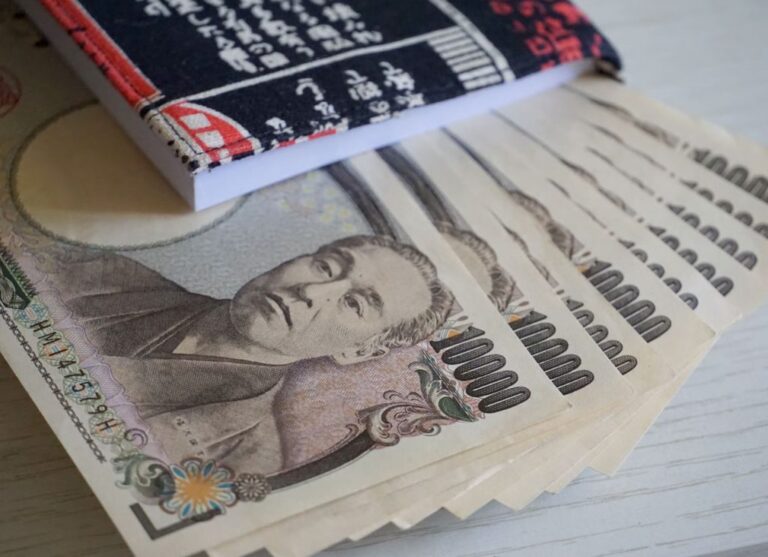
Morning Brief – Loosing Loonie
Loosing Loonie
The Canadian Dollar continues to lose ground as investor appetite thins. As we know, Canada began its hiking cycle earlier than most developed-market central banks. Whilst most of the world’s major economies still had blinkers on, claiming that inflation would be transitory, the central Bank of Canada was busy preparing to tighten monetary policy. The impacts upon inflation last year and so far this year have been noticeable, with its early action showing to calm the rate of inflation domestically. However, its currency is starting to pay the price for the swift action of its policy makers.
As a result of adjusting policy in the face of earlier signs of inflationary pressure, the BoC has been able to call the end of its rate hiking cycle earlier than many of its peers. Interest rate expectations in the US have been revised higher over the past few weeks in the face of limited declines in inflation in the USA, persistently high wage inflation and a stubbornly low unemployment rate. As a result of rising yields on US debt and falling yields within Canada, there is a growing expense for investors to hold the Canadian rather than US Dollar.
Throughout most of 2020/1, the USDCAD forward points have been either neutral or trading in favour of the Canadian Dollar. This has been true for most tenors on the forward curve. However, whilst the narrative of persistent US inflation and higher US monetary policy has been re-establishing itself, in contrast to Canadian economic fundamentals, the forward/swap curve has inverted. The cost of buying Canadian Dollars forward for just one year versus the US dollar has increased to circa 0.6% versus spot.
In addition to the pressure being created from the fixed income market, the price of oil continues to be subdued, hurting the terms of trade of the Canadian economy. Also itself partially a USD story, the cost of WTI oil below $80 per barrel means that a significant export for Canada is falling in gross value. USDCAD has risen to reflect the weakest spot value the Loonie has traded at versus the US Dollar since January 6th. There is likely to be continued downward pressure on the Canadian Dollar if this narrative continues to develop. The one silver lining for the Canadian currency could be that the spill over effect from US inflation, driven by the logic that the two North American economies are highly integrated, could demand higher rates from the BoC also.
Discussion and Analysis by Charles Porter

Related Insights

Morning Brief – Japanese Yen
Japanese Yen With JPY at a new 34 year low versus EUR, the market is set for an ambush by the Bank of Japan if it acts today at the end of their Policy Meeting to support the Yen. The reason that the market is susceptible is because it has convinced itself that the BoJ […]

Morning Brief – Coalition
Coalition This briefing is about South Africa and the Rand, which frequently proves to be one of the more divisive subjects within our roster of currencies. In particular, with the election looming, this will be about South African governance. Not from a political or human perspective about what may be the best long term outcome […]

Morning Brief – US Tariffs on Chinese Imports
US Tariffs on Chinese Imports Recently we wrote about how Mexico has become the Number One trade partner for the USA. It now transpires that Mexico may have had what is known as a little assist with their numbers: the statistics for the number of 20 foot shipping containers for the first three Quarters of […]



 Humphrey Percy
Humphrey Percy